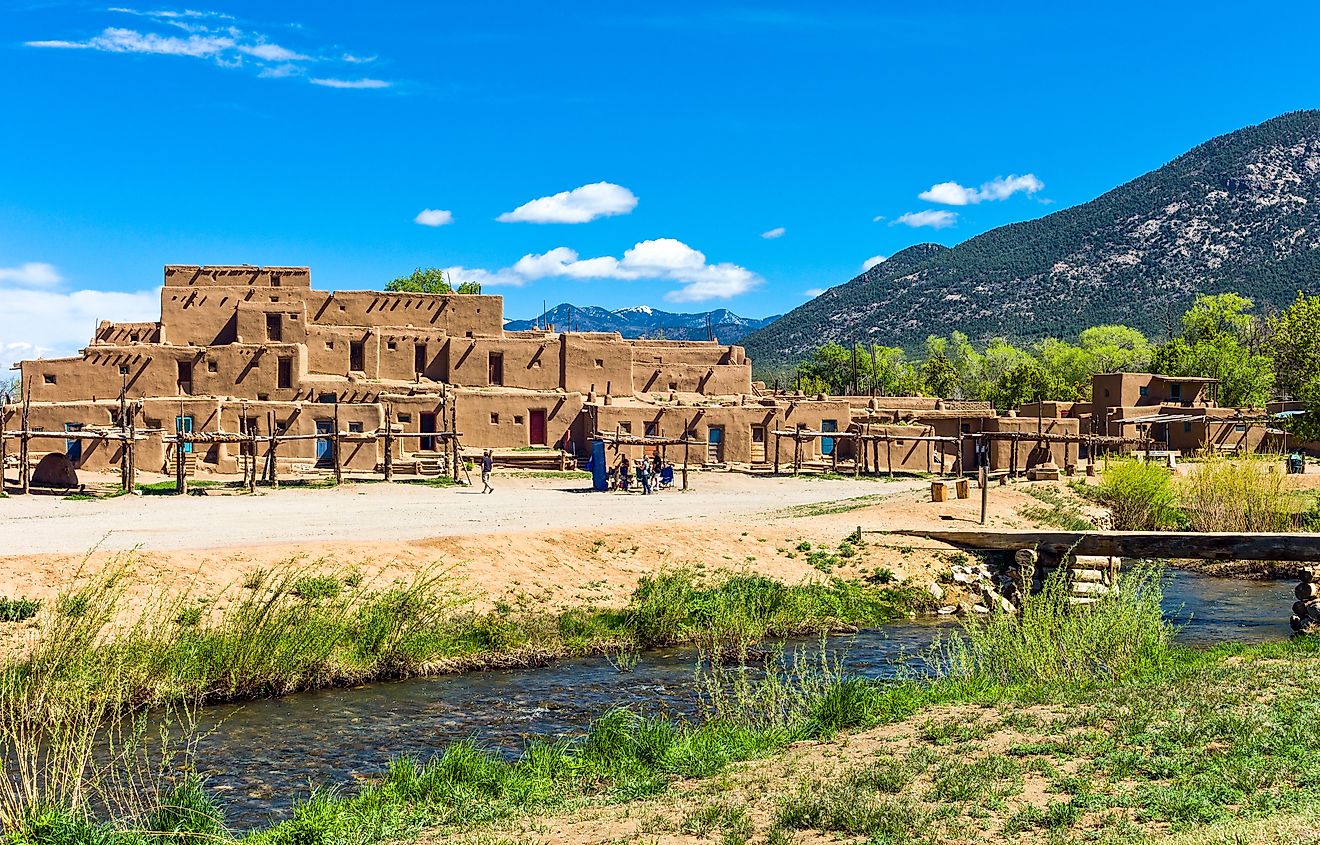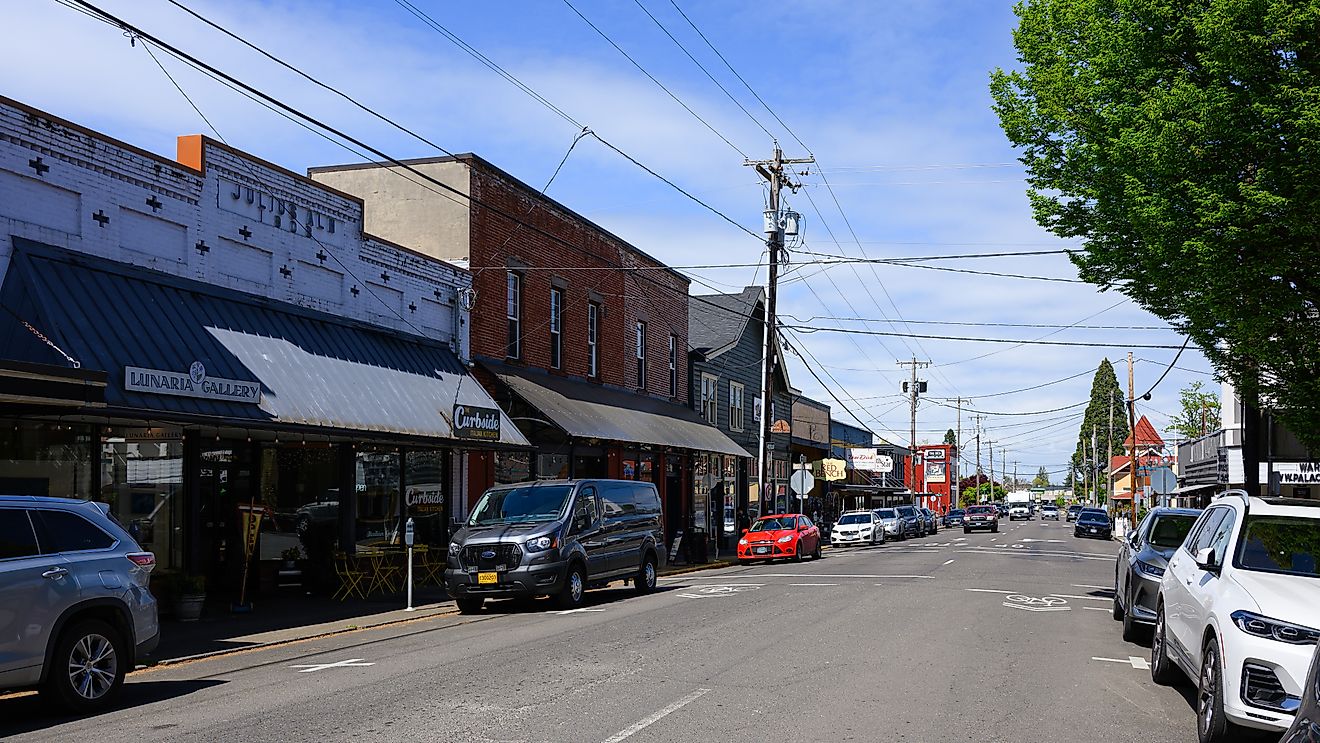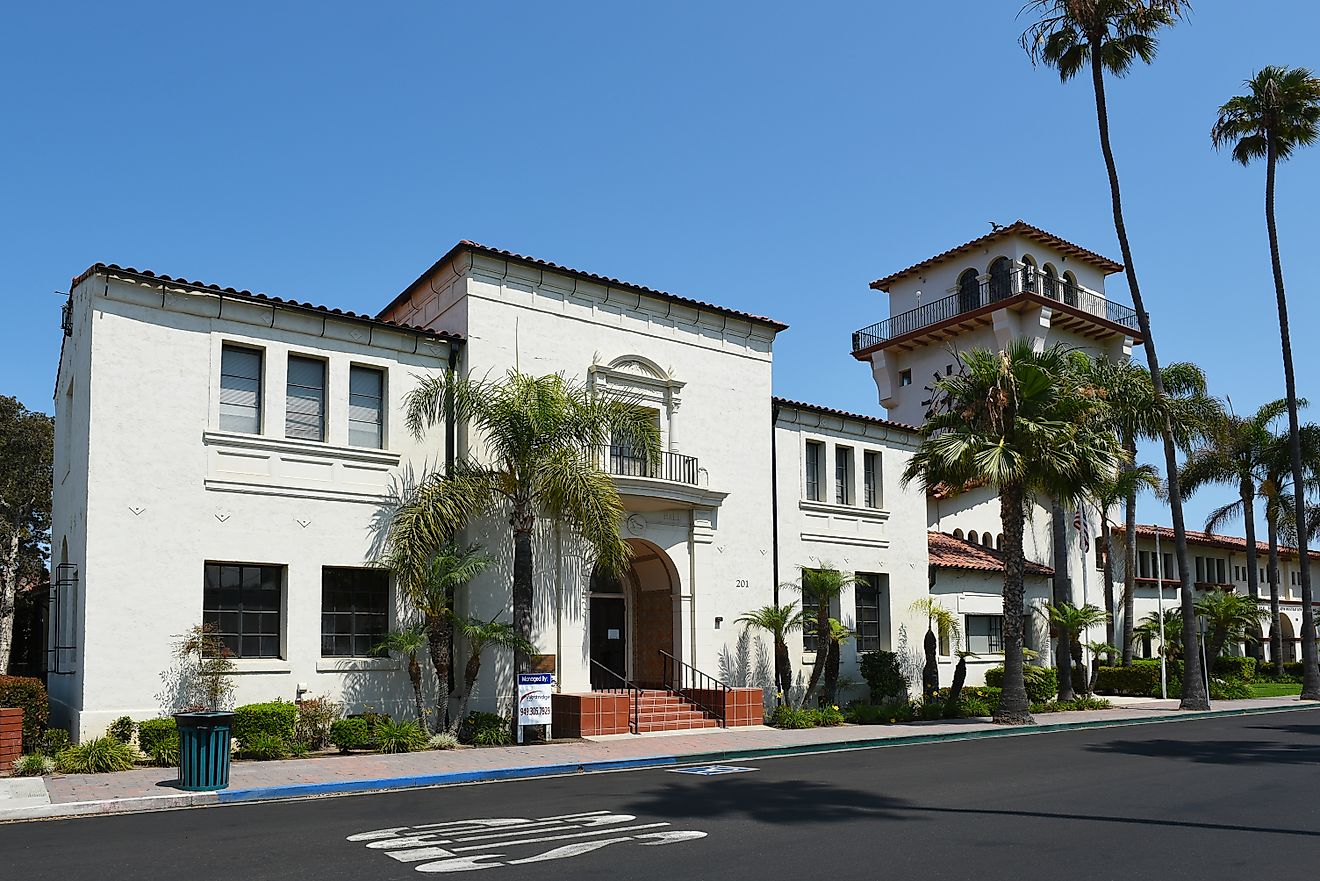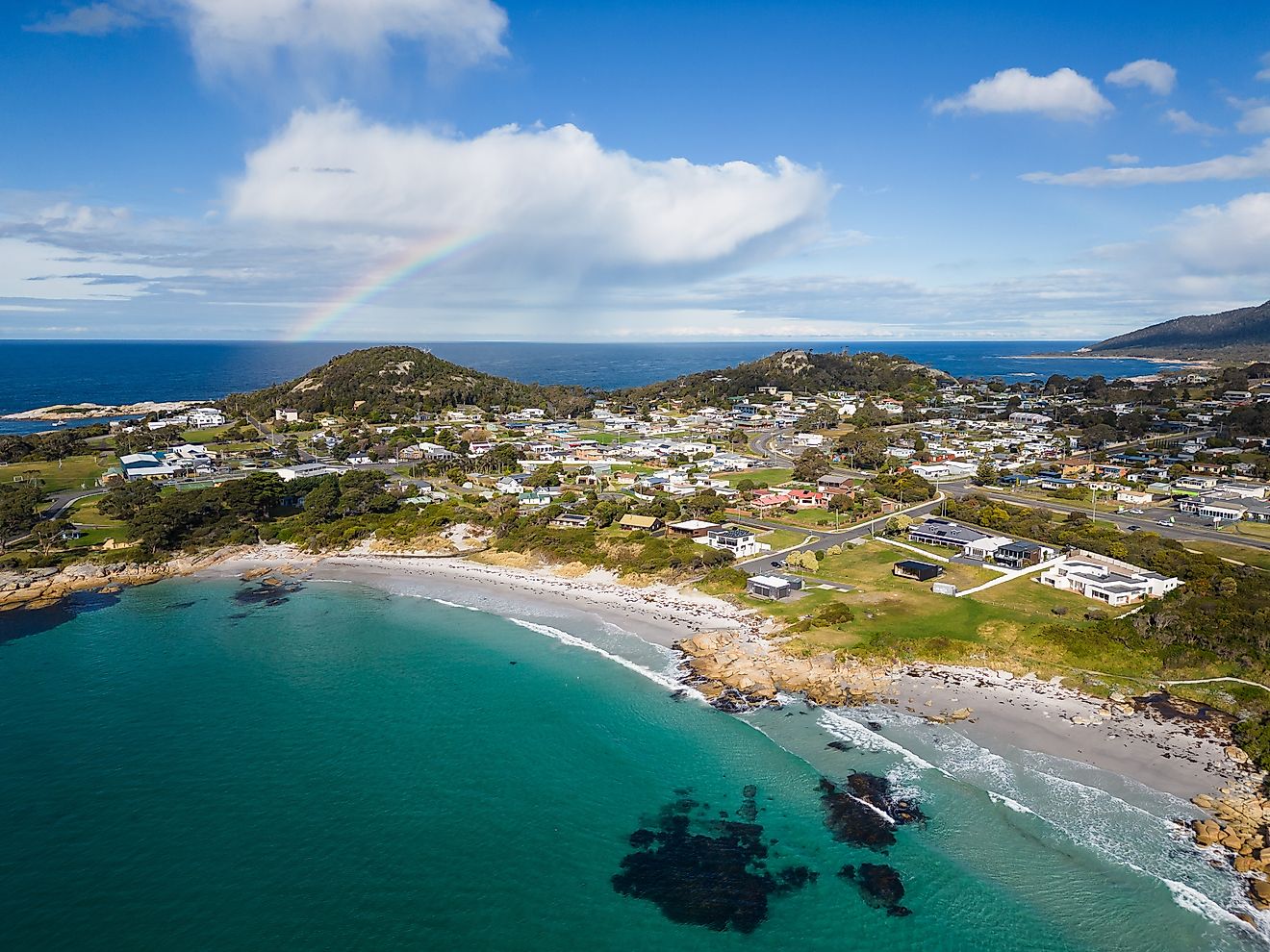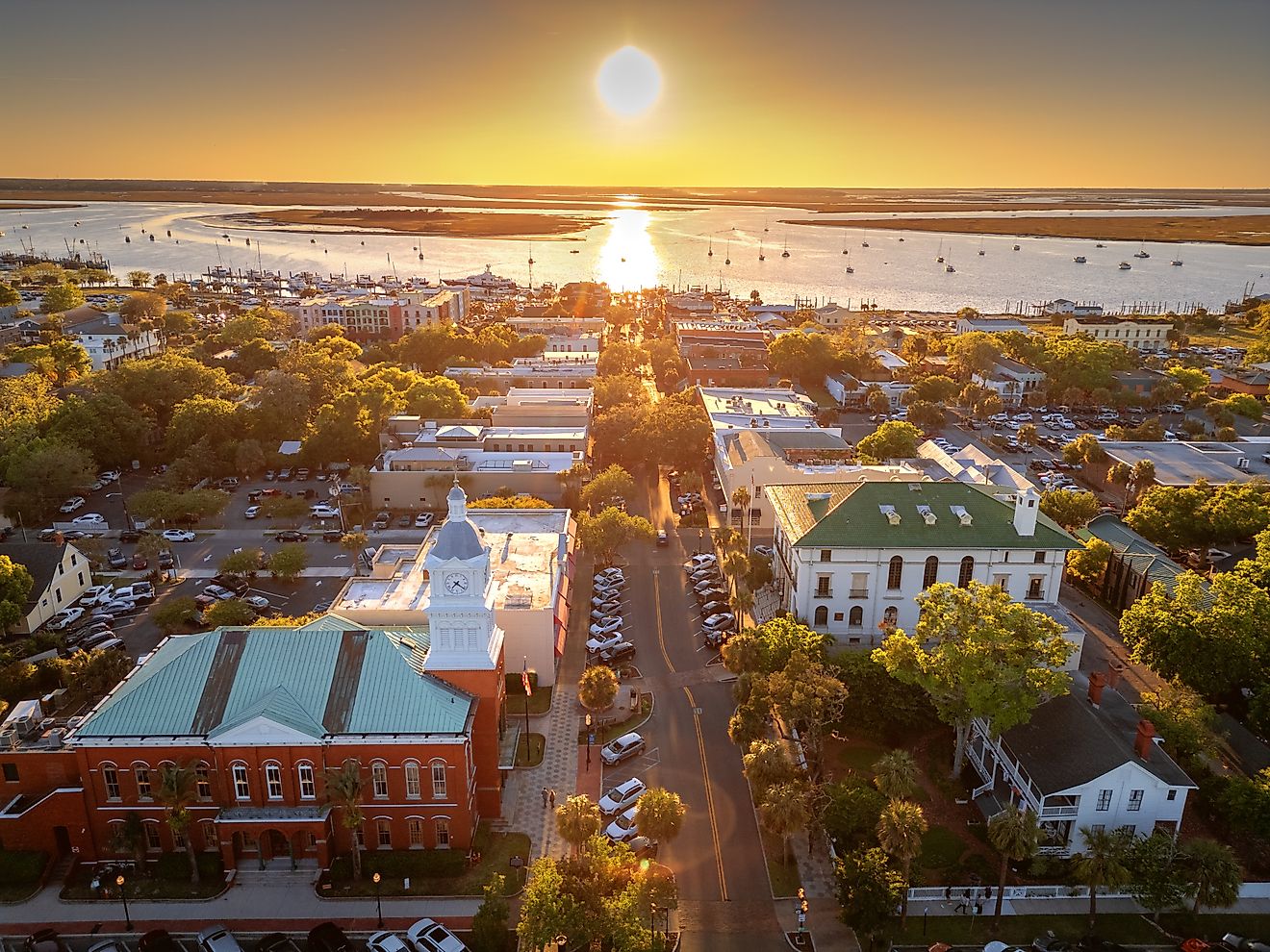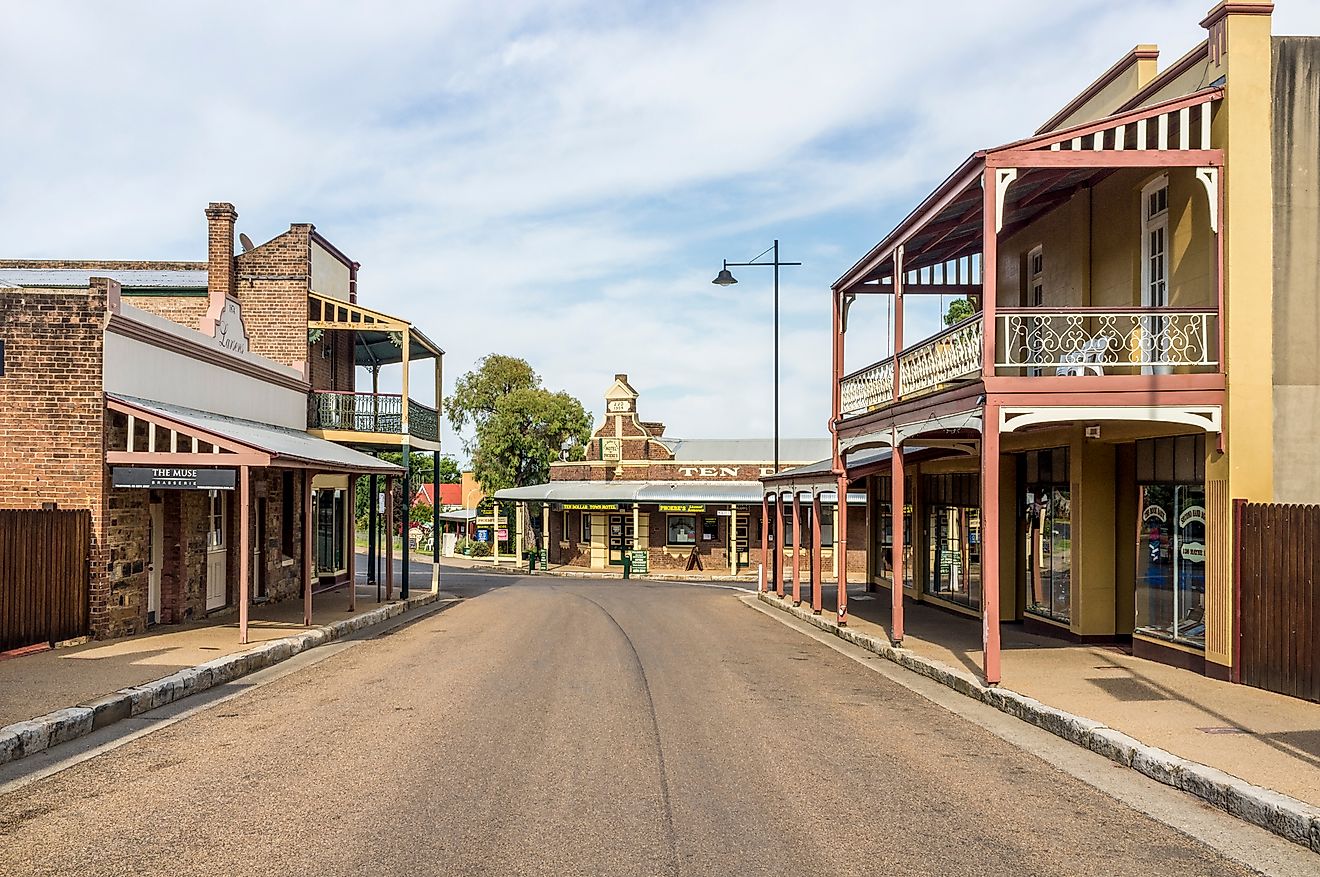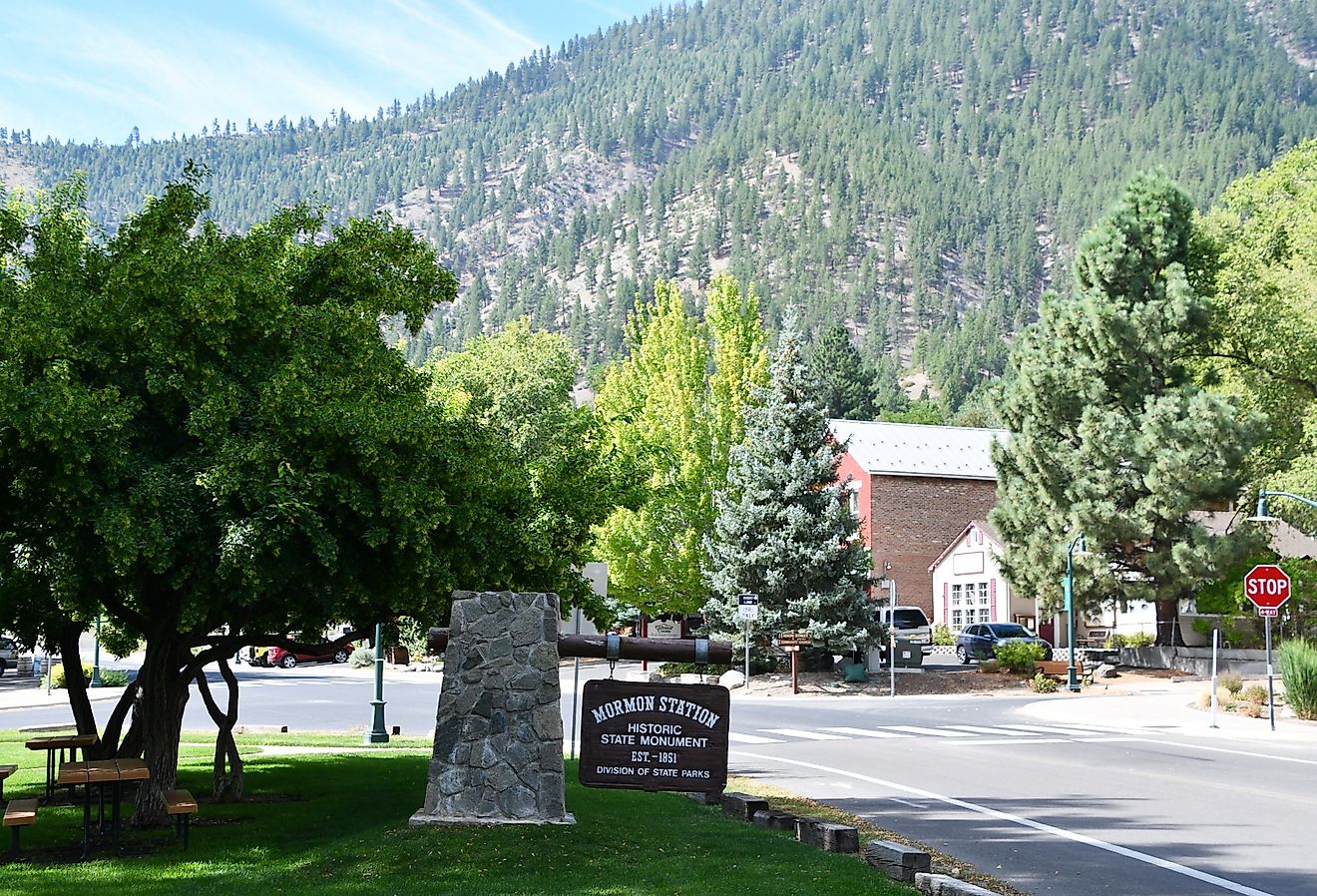
Temples Of Bagan, Myanmar
The numerous temples spread across the ancient city of Bagan in the Mandalay Region of Myanmar are impressive and fascinating testament to the Burmese’s religious devotion over the years. The plain of Bagan is one of Asia’s richest archaeological sites designated a UNESCO World Heritage Site to preserve Myanmar’s religious edifies and architecture. The ancient city was once home to over 13,000 temples constructed between the 9th and 13th centuries. However, some temples have been vandalized and destroyed, with only about 2,300 temples spread over 104 square kilometers remaining in the Bagan Archaeological Zone. This area also comprises four settlements and is open to the public at a fee, with some entry tickets valid for up to three days.
Contents:
Location
The over 2,000 relatively intact temples and pagodas are located in the plains of the ancient city of Bagan. Bagan is in Mandalay Region (near the border with Magway Region), located in central plain Myanmar. The city is situated on the Irrawaddy River’s eastern bank, about 180 southwest of the Mandalay Region.
Brief History
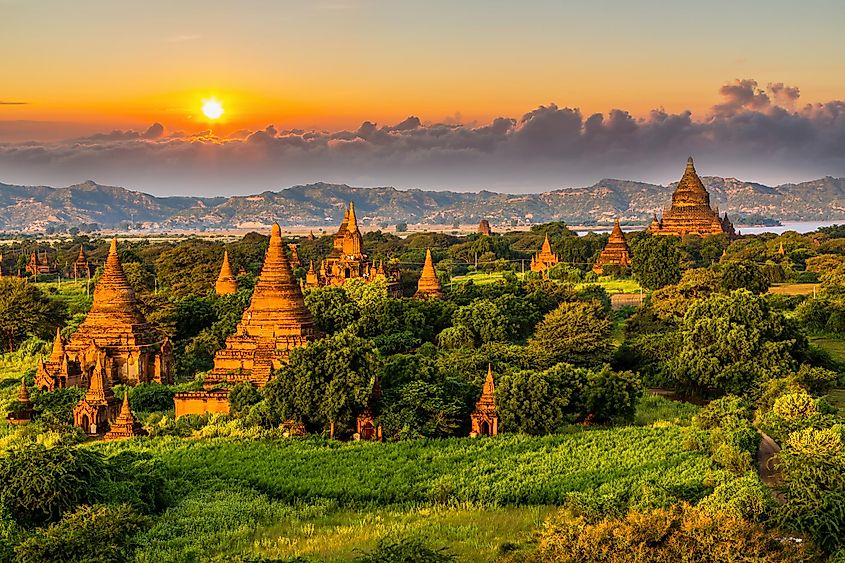
According to the royal chronicles of Myanmar, Bagan was founded around the 2nd century AD and fortified by King Pyinbya around 849 AD. However, some scholars believe that the Bamar founded the ancient city in the 9th century. Nonetheless, Bagan was Pagan Empire’s capital, cultural, and economic nerve center from the 9th to the 13th century. The Pagan Kingdom was the first to unify the region that constitutes the present-day country of Myanmar. The kingdom also established the Burmese ethnicity and culture, including Theravada Buddhism. As a result, the city grew in stature and influence over the period.
During the over 250 years of the Pagan Kingdom's reign, the Bagan rulers and locals constructed over 13,000 religious monuments. The religious monuments included over 10,000 temples and 3,000 monasteries and stupas in an area of about 104 square kilometers. At its peak, Bagan was a cosmopolitan center for secular and religious studies, with most students specializing in a variety of languages, medicine, astrology, and legal studies.
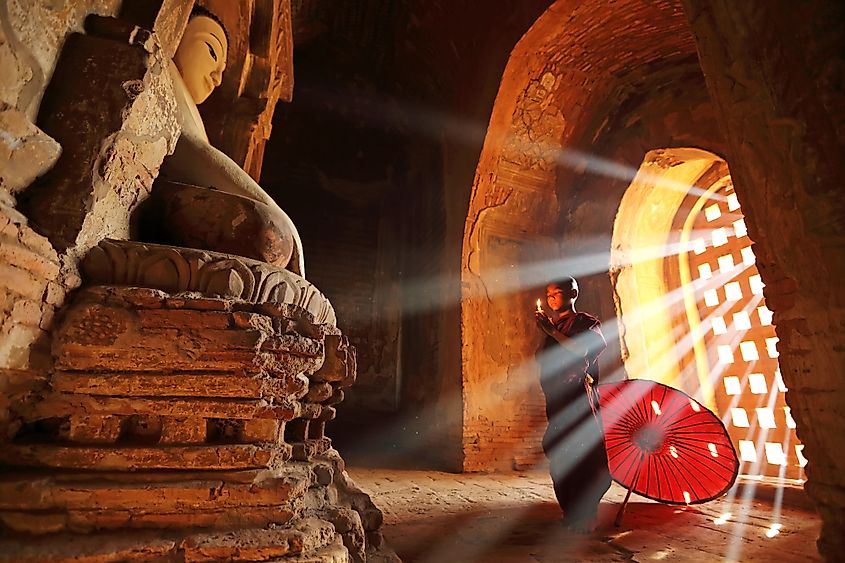
The Bagan rulers and their subjects practiced Buddhism, particularly Theravada Buddhism, although other traditions, such as Tantric and Mahayana Buddhism, were also practiced. In the last quarter of the 13th century, the Mongols invaded Burma several times, leading to the collapse of the Pagan Empire in 1287. Bagan, which hosted up to 200,000 people, was reduced to a small settlement, never to rise to its former glory. It ceased to be Burma’s capital in December 1297, when a new kingdom, Myinsaing Kingdom, was established over the central plains. However, the city did not suffer much damage and continued to host Buddhist pilgrims.
Damage And Restoration Efforts
Over the years, the temples, pagodas, and monasteries have either been vandalized or destroyed by natural calamities, especially earthquakes. Located on the earthquake zone, Bagan suffered over 400 earthquakes in the 20th century, with a major earthquake occurring on July 8, 1975, which damaged several temples, of which some are irreparable. Today, roughly 2,300 temples and pagodas remain over the 104 square kilometers in the old city of Bagan.
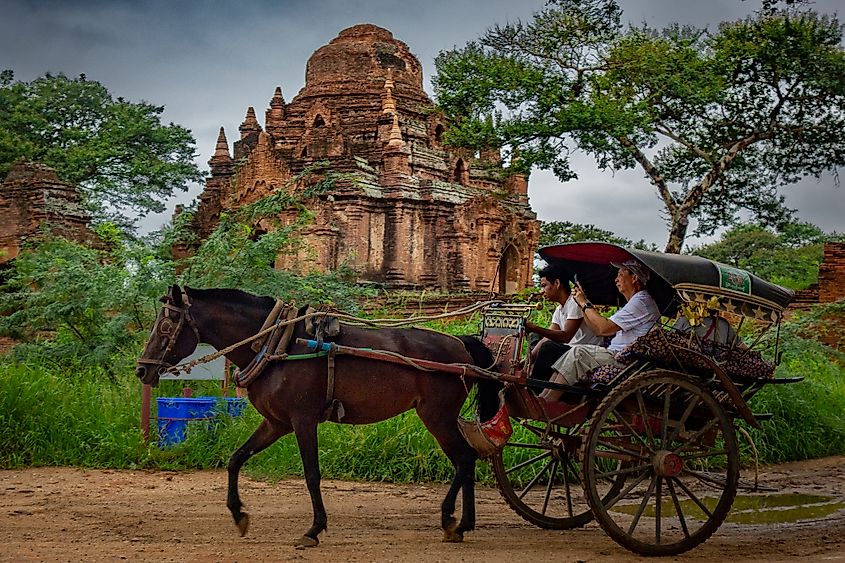
In the 1990s, most temples and pagodas underwent restoration, but the restoration efforts were met with resistance and condemnation from preservationists and art historians. The critics argued the restorations did not consider the original architecture nor used the ancient material. Thus, the city’s designation by UNESCO World Heritage Site was delayed until 2019, 24 years after its first nomination by the military government. In August 2016, another major earthquake destroyed about 400 temples, including Myauk Guni and Sulamani. The government, with the help of the UNESCO experts, has started reconstructing some of these temples.
Notable Temples And Stupas
Dhammayangyi Temple
Dhammayangyi Temple is the largest of all the Bagan temples, constructed during King Narathu’s reign (1167-1170). Narathu, who ascended to the throne after killing his father and brother, built this temple probably out of guilt and atone for his sin.
Ananda Temple
The Ananda Temple was built in 1091 AD during the reign of King Kyanzittha and modeled after the Himalayas’ Nandamula cave. The temple is 51 meters tall with an hti atop a small pagoda. Inside the temple are four standing Buddhas; Kakusandha facing north, Kassapa (south), Konagamana (east), and Guatama (west).
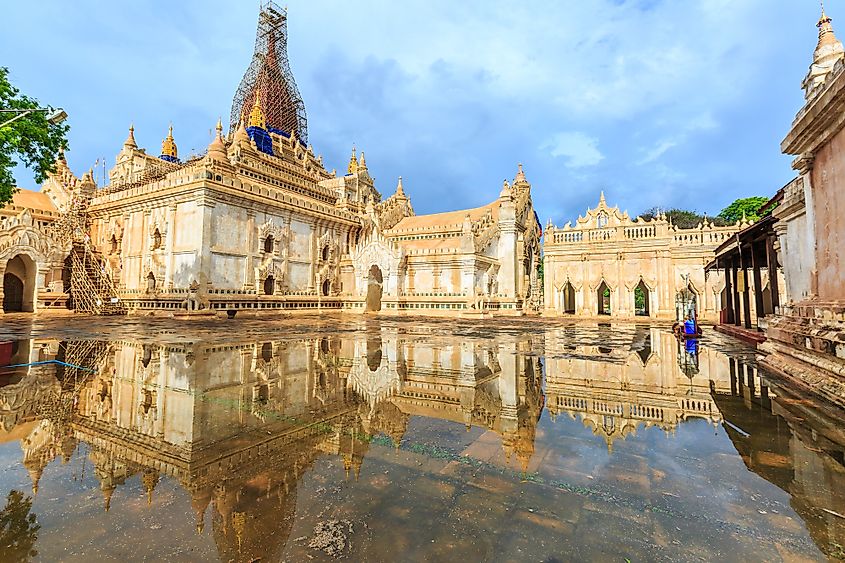
Gawdawpalin Temple
Gawdawpalin Temple was constructed in the early 12th century during the reign of Narapati Sithu and Htilominlo. It is Bagan’s second tallest temple, after Thatbyinnyu Temple, with the two temples having similar layouts. Although heavily damaged in 1975, the temple has been reconstructed.
Thatbyinnyu Temple
Thatbyinnyu Temple, constructed during Narapati Sithu’s reign, is the tallest of the Bagan temples, with a pinnacle height of 66 meters. This five-story temple reflects Bagan’s innovative architecture and artistic style and expressed the spirit of nationhood of the Burmese people. The temple was extensively destroyed by the 1975 and 2016 earthquakes and is currently undergoing reconstruction.
Shwesandaw Pagoda
Shwesandaw, built during the reign of King Anawrahta in the 11th century, is Bagan’s tallest pagoda with a height of 100 meters. It comprises five terraces and contains the sacred hairs of a Buddha called Gautama.
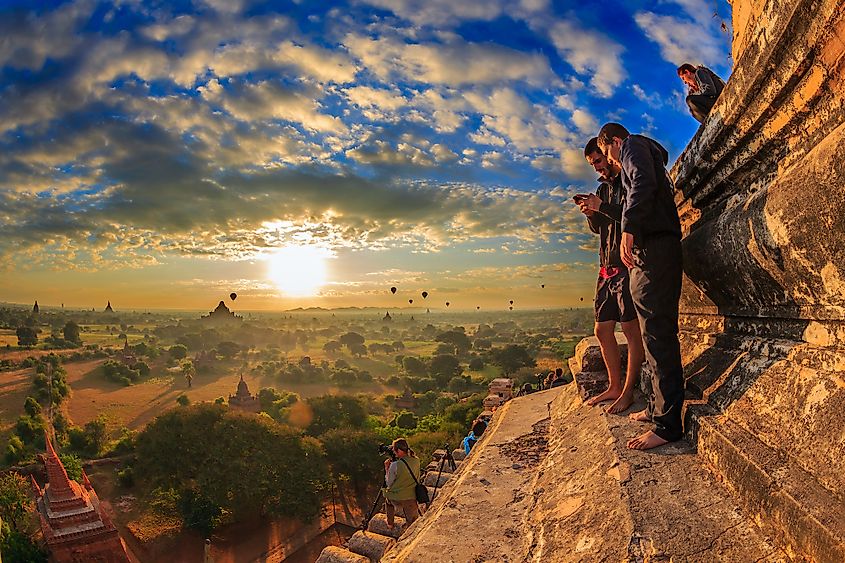
Shwezigon Pagoda
Shwezigon Pagoda, also built during King Anawrahta’s reign and completed by King Kyansittha, was one of the most important shrines in Bagan. This pagoda is believed to contain a tooth and bone of Gautama and four standing statues of Buddha. Shwezigon has been damaged and renovated several times over the centuries, with the current structure covered by copper plates.


